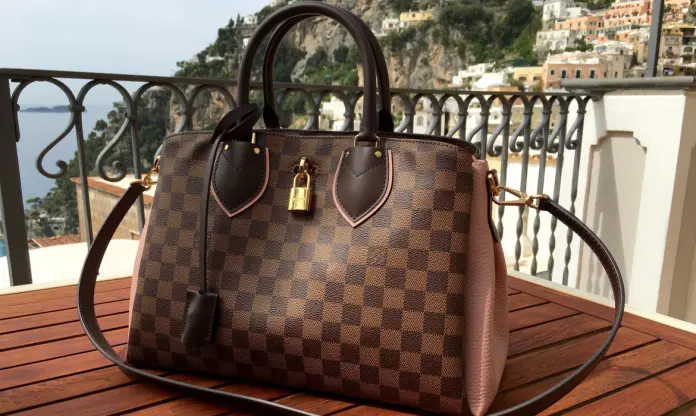In its judgment of June 10, 2020, the General Court of the European Union (“TGUE”) annulled the EU Intellectual Property Office’s (“EUIPO”) resolution and ordered it to reexamine Louis Vuitton Malletier’s (“LVM”) checkerboard pattern mark.

Don’t miss our content
SubscribeIn its judgment of June 10, 2020, the General Court of the European Union (“TGUE”) annulled the EU Intellectual Property Office’s (“EUIPO”) resolution and ordered it to reexamine Louis Vuitton Malletier’s (“LVM”) checkerboard pattern mark.
The main background to the case is:
- After extending the international registration designating the EU, on November 13, 2009, LVM obtained recognition of its mark as a European Union trademark in Nice Classification products class 18 (bags, luggage and carrying bags):

- Resolving a trademark invalidity application filed by an individual, the Cancellation Division confirmed that invalidity application on December 14, 2016. It argued that (i) the mark did not have inherent distinctive character (at the time of the application), and (ii) it had acquired that distinctive character to be used in the European Union after it was registered.
- On February 3, 2017, LVM filed an appeal before the EUIPO, which was dismissed by the EUIPO’s Second Board of Appeal (the “Board of Appeal”) on November 22, 2018.
- LVM then filed an appeal before the GCEU arguing: (i) incorrect assessment of the mark’s inherent distinctive character; and (ii) an error in assessing the distinctive character acquired in using the mark.
Judgment of the General Court of the European Union (Case T-105/19)
After its investigation, the GCEU dismissed the first argument put forward by LVM and upheld the second.
- Inherent distinctive character of the mark. The Board of Appeal stated that the checkerboard pattern is a basic and commonplace pattern comprised of squares of the same size distinguished by alternating colors, one light and the next dark, namely blue and beige. The Board added that the pattern does not contain a notable variation from the conventional appearance of checkerboards and does not depart significantly from the sector norms and customs as it is already used in decorative arts with an undisputed link to class 18 products.
Therefore, the GCEU confirmed the mark’s lack of distinctive character ab initio (dismissing LVM’s arguments).
- Acquired distinctive character of the mark. Article 59.2 of the EU Trademark Regulation (EUTMR) states that marks cannot be declared invalid if, although they did not have distinctive character upon registration, they have acquired it subsequently for the products or services for which they were registered by their use. Although LVM delivered pertinent evidence (in terms of form) to note the distinctive character acquired by using the mark by its grouping in three different groups of Member States, the Board of Appeals only selected the evidence relating to one group of Member States (Bulgaria, Estonia, Latvia, Lithuania, Malta, Slovenia, and Slovakia) and not all of them to dismiss LVM’s claims.
The GCEU concluded that, in not assessing all the pertinent evidence submitted by LVM, the Board of Appeal breached article 59.2 and the applicable case law (upholding LVM’s arguments).
Grappling with distinctive unitary character
In the Nestlé case already discussed in this blog, the GCEU reminded that no provision requires the acquisition of the distinctive character of marks from their use to be evidenced separately for each Member State. This would be disproportionate. Consequently, although the distinctive character acquired through use must be proven in the entire European Union, the evidence provided can be pertinent for several Member States or even all the EU. These circumstances can change depending on the goods or services or the geographic, cultural or linguistic proximity between different Member States.
This judgment is relevant as it expressly recognizes that “the fact that there is no physical shop in a particular Member State does not necessarily prevent the relevant public in that Member State from becoming familiar with and recognizing the mark in question,” which shows the importance of visibility on websites and social networks since they are generally accessible throughout the European Union.
We await the EUIPO’s reexamination to see whether, once all the evidence on the acquisition of distinctive character submitted by LVM has been assessed, it will rule that the “Damier Azur” pattern mark has acquired distinctive unitary character.
Carles Camacho
Don’t miss our content
Subscribe